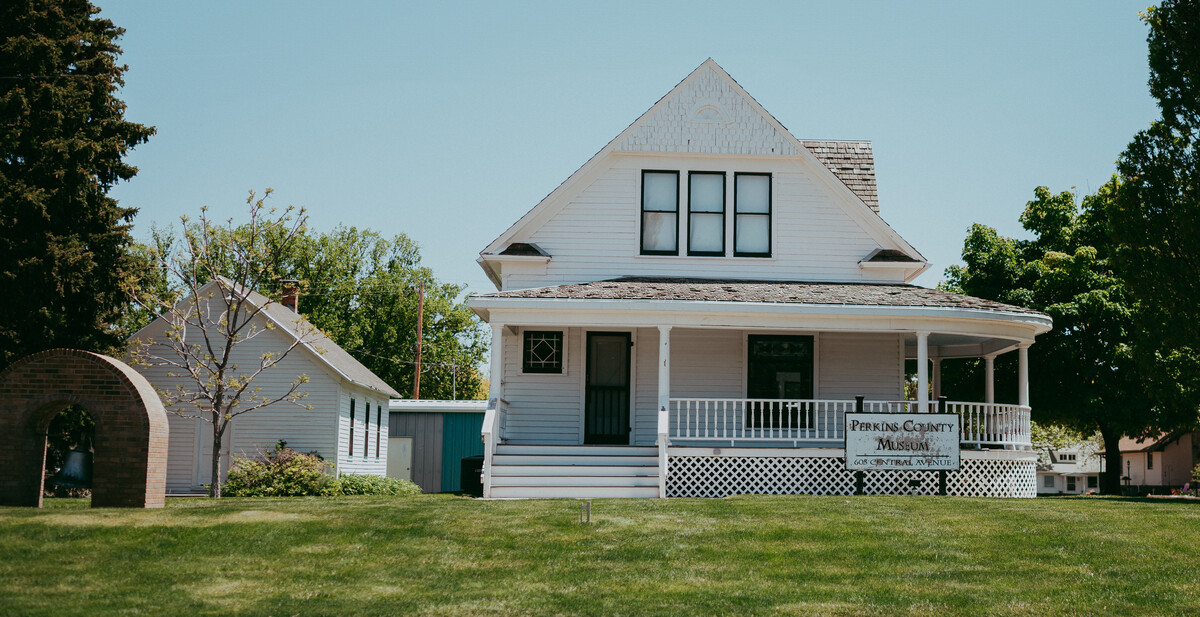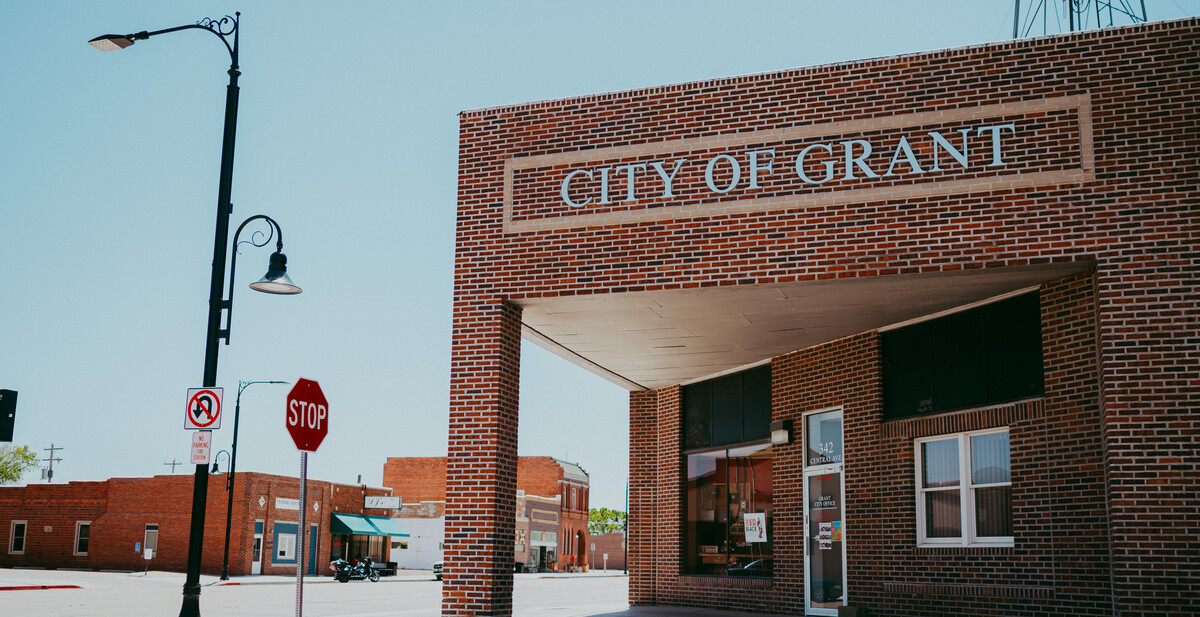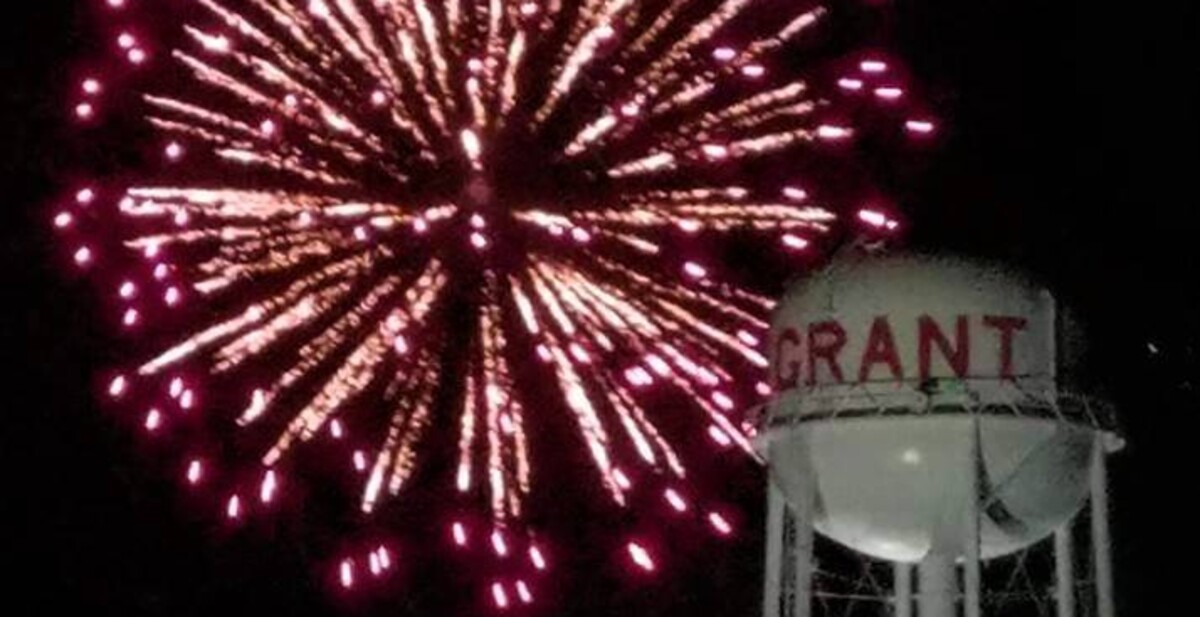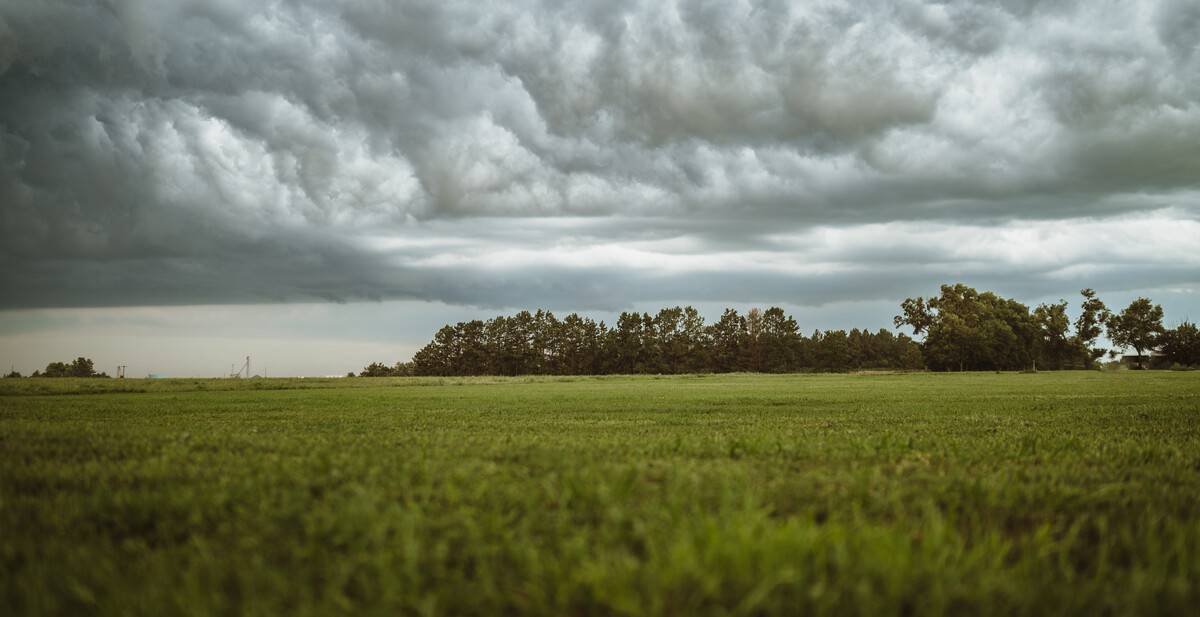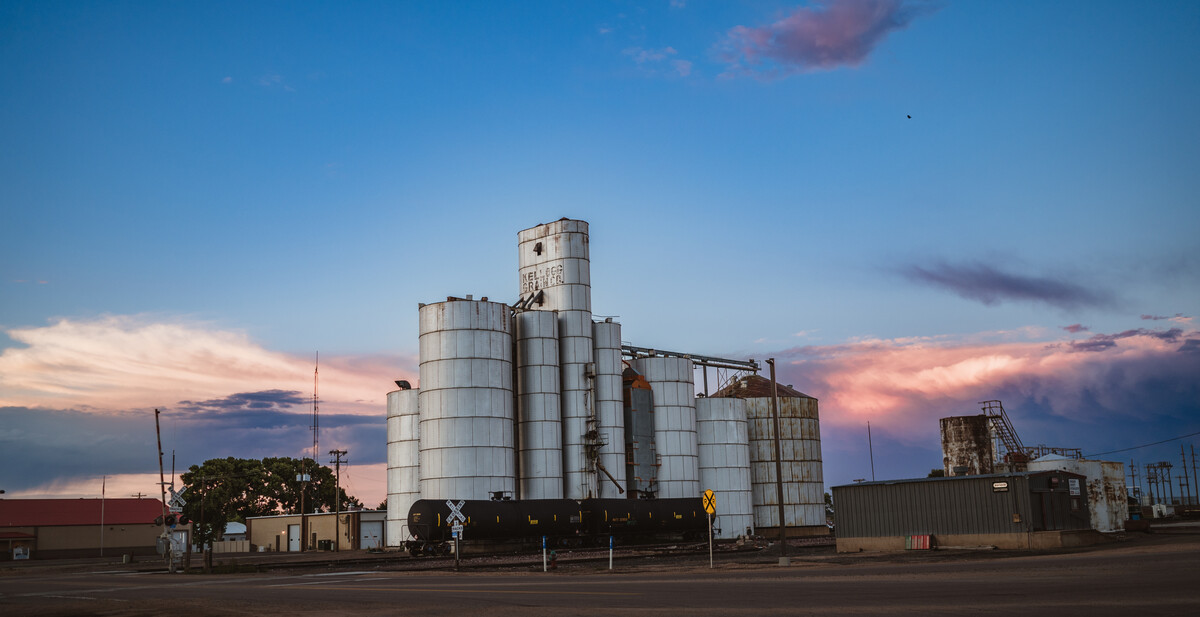Backflow Brochure
May 16, 2016
Division of Public Health
Office of Drinking Water and Environmental Health
301 Centennial Mall South, PO Box 95026
Lincoln, NE 68509-5026
(402) 471-2541
Causes and Effects of Backflow:
Backflow can threaten both public and private water supplies. Backflow is caused by "cross-connections," connections between a safe drinking water supply and possible sources of contamination. All homes have potential cross-connections – water pipes and plumbing fixtures that may allow contamination to enter drinking water. They can be serious health hazards.
What is Backflow?
Backflow results primarily from a pressure differential. This pressure differential will either cause back pressure or back siphonage. An example of back siphonage is when the water pressure coming into your home suddenly drops, a siphon is created and contaminated water can be drawn back into previously clean water supplies (for example, an underground water main or a private well).
Consequences of Backflow Through Back Siphonage
Backflow can have many undesirable effects. For example:
• A toilet flush valve without an anti-siphon device can permit toilet odors, vapors and worse to get into household plumbing and the water you drink.
• If a garden hose is used to clean out sewer lines or rain gutter downspouts, a drop in pressure can cause contamination from those sources to be drawn back into your water supply.
• Similarly, water being used to fill a swimming pool can be drawn back into the water supply during pressure drops, bringing contamination with it.
• If an insecticide attachment is used on a garden hose, backflow can cause potentially lethal contamination of water supplies.
Sources of Backflow:
Backflow can occur wherever there are potential cross-connections in a water system. Potential cross- connections include:
• Kitchen: dishwashers, garbage disposals
• Bathroom: toilets, hand-held shower heads, steam bath generators, bath whirlpool devices
• Faucets: hose bibs, sill cocks, or any faucet where a hose can be attached
• Outdoors: swimming and wading pools, fish ponds, fountains, lawn irrigation systems
Hoses are a special problem and wherever they are attached to a threaded faucet a potential backflow hazard exists.
Preventing Backflow:
To protect your water supply, backflow preventers should be installed anywhere a potential cross- connection exists. The costs of backflow prevention may seem prohibitive, but they are outweighed by the benefits. Consider: small amounts of some carcinogenic lawn chemicals and other contaminants could occasionally backflow for years and go unnoticed until serious health effects appear for those drinking the water. Backflow preventers can help safeguard the health of you and your family.
Type of Backflow Preventers:
There are several different types of backflow preventers. Two of the most common types are hose bibb vacuum breakers and pressure type vacuum breakers.
Hose Bibb Vacuum Breakers:
A hose bibb vacuum breaker is an inexpensive device installed on a faucet or sill cock to protect against backflow from a garden hose or other type of hose.
Pressure Type Vacuum Breakers:
Pressure vacuum breakers are used primarily on the pipes supplying water to underground lawn sprinkler systems. They prevent the back flowing of soil bacteria, animal wastes, fertilizers, and pesticides.
CROSS CONNECTION AND BACKFLOW PREVENTION
Let’s Work Together For Safe Water
Published by: Nebraska Rural Water Association (8/02)
Public health officials have always been concerned about cross connections and backflow in plumbing systems and in public drinking water supply distribution systems. People have utmost confidence in the water they drink. Open a faucet and we drink what comes out. If, however, the water is contaminated, sickness and even death can be the result. There are documented cases where cross connections have been responsible for contamination of drinking water. Many cross connections have resulted in the spread of disease; some cases have even resulted in death.
WHAT IS A CROSS CONNECTION?
A plumbing cross connection is defined as the actual or potential connection between a public water supply and a source of contamination or pollution. In other words, a cross connection is the link through which it is possible for a contaminating material to enter the drinking water supply system. Such links, or possible links, pose a serious public health hazard. Because of the hazards of cross connections, you and every other customer of the public water supply system have a responsibility to help safeguard your system and the public water supply system (city or rural water district) from cross connections.
HOW DOES CONTAMINATION OCCUR?
When a cross connection exists, it is possible for a contaminant to enter the drinking water system when the pressure of the polluted source exceeds the pressure of the potable source. This may result in either a backsiphonage or backflow. Basically, either is a reversal in the normal direction of the water flow. Such situations can be produced through a variety of circumstances within plumbing systems, generally a drop in water pressure.
One Example of Backflow Backsiphonage:
A. Contact Point: A submerged inlet in the second floor bathtub.
B. Cause of Reverse Flow: An automobile breaks a nearby fire hydrant, causing a negative pressure in the service line to the house, sucking dirty water out of the bathtub.
C. Suggested Correction: The hot and cold water inlets to the bathtub should be above the rim of the tub.
HOW CAN YOU BE AFFECTED?
“Stomach flu’ (gastroenteritis) is perhaps the most common ailment suffered by those drinking contaminated water. The Centers for Disease Control in Atlanta, Georgia, and the U.S. Environmental Protection Agency have documented many cases directly attributing the following illnesses and others to contaminated drinking water: Brucellosis, Campylobacter, Chemical Poisoning, Cholera, Diarrhea Enteritis, Dysentery, Giardiasis, Hepatitis, Hookworm, Paratyphoid Fever, Typhoid, Polio.
SOURCES OF CONTAMINATION, WHICH REQUIRE ATTENTION IN THE HOME:
Any area with plumbing fixtures… Kitchen: Sink, Dishwasher, Garbage Disposal / Bathroom: Toilet, Wash Basin, Bathtub, Shower / Outdoors: Hose bib (faucet to which a hose may be attached or buried yard hydrants).
AT WORK:
Industrial, commercial and health facilities are subject to many types of cross connections: Bottling Plants; Fire Systems; Heating and Cooling Systems; Mixing Tanks; Paint and Ink Mills; Plating Works; Mortuaries; Printing Plants; Vet Clinics; Hydraulically Operated Equipment.
AT LEISURE AREAS:
Many recreational facilities have separate water systems and plumbing connections, which also may be improperly installed and maintained. Some of these locations include: Campgrounds; County Fairgrounds; Parks and Playgrounds; Golf Courses; Swimming Pools; Fountains; Recreational Waterfront Areas; Travel Trailer Connections.
EXAMPLES OF RESIDENTIAL CONTAMINATION:
Occasional water pressure disorders can occur in the public water supply distribution system or within your own residence. These disorders can be caused by high uses of water, such as occurs when fire or flush hydrants are opened, or when a line breaks, or when there are equipment failures. Because of reduced pressure, the flow of the water in the system may be reversed. As a result, contaminants may flow backwards or be sucked into your plumbing system and the municipal or rural water system through unprotected hoses or other possible cross connections. Approved cross connection control devices are available which will prevent backflow or backsiphonage. Some water customers may also have private wells. If an old well remains in operation, with valves to allow its use in the customer’s water supply system, the potential exists for back pressure from that well water into the municipal or rural water distribution system. The private well must be completely and permanently disconnected from the public water supply system.
HOW TO PREVENT ENTRY CONTAMINATION:
When the hazard of contamination exists, effective steps should be taken to correct the condition. If the condition cannot be corrected, then an appropriate backflow prevention device must be installed on the internal plumbing system. This is generally the responsibility of the water user. Everyone should want to eliminate possible cross connections. Those who drink water on your premises will likely be the first to be injured if water becomes contaminated in your system. An awareness of how contamination can enter a system is important. We must work together to keep everyone’s water safe. The people who are in charge of your public water supply system are aware of the dangers of cross connections. Your public water supply system has adopted a policy on cross connection control to comply with Nebraska regulations. One of the most effective and the most inexpensive controls is to always keep an air gap between any potential contaminant and the water system. Don’t allow garden hoses or other hoses connected to the water system to drop into sources of contamination. Hydrants drain back even when shut off and contaminants can be siphoned into the hose or hydrant. If you need further information or need assistance in determining what devices are appropriate, contact your public water supply system.

